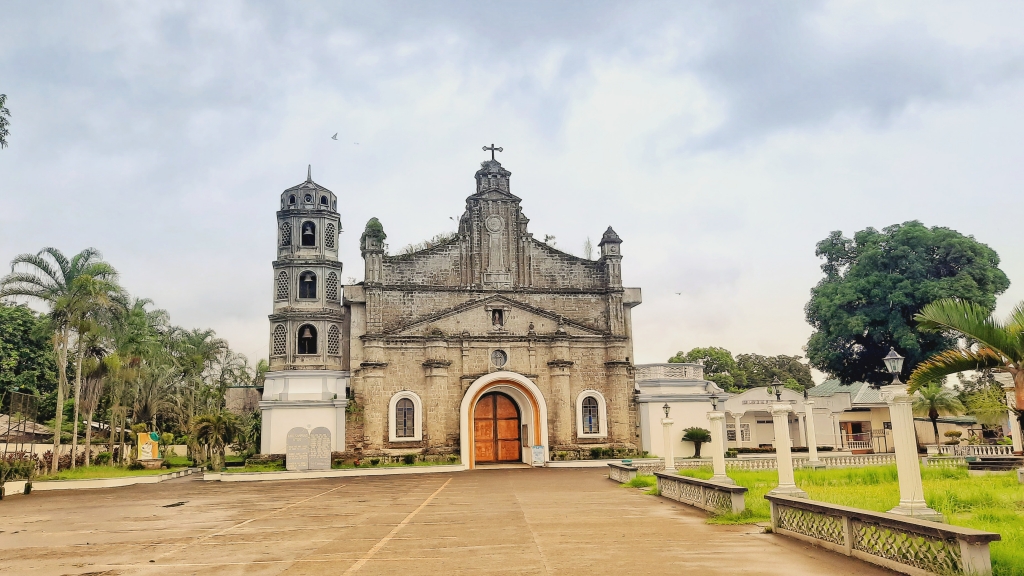
Whenever I’m asked where my hometown is, I almost always reply that I’m from San Pablo City in Laguna. But that’s not entirely accurate—I actually grew up in Alaminos, the town right next to San Pablo, which you pass by on the way to San Pablo (if you’re coming from Manila).
I do this because outside Laguna, people would almost automatically think that I’m from Pangasinan whenever I say my hometown is Alaminos. I guess my hometown just isn’t as popular or well known as its other namesake.
To be fair, our town—situated 73 kilometers southeast of Manila—isn’t necessarily full of bustling tourist attractions. There are no big hotels, museums, or even beaches. It’s mainly residential. The town’s Wikipedia page states that Alaminos has 5,476 hectares, divided into 15 barangay units, with a population of 47,859 (as of 2015).

It wasn’t until I came across a write-up from The Time Trekker Facebook Page, which detailed some of the reasons why Alaminos is a gem, that got me to look at my hometown from a perspective of a stranger. The same article was accompanied by photos of ancestral homes which I pass by on a regular basis and never really paid much attention to—until now.
I was born and raised in Alaminos, but I never knew that our Nuestra Señora del Pilar Church has been around for more 200 years, according to The Time Trekker. Its original patron saint was San Joaquín, but was later replaced with Nuestra Señora del Pilar when its image was found in a well in Alaminos.
This got me thinking: “What else do I not know about my own hometown? What have I been missing all these years?”
I do know that Alaminos is a quiet and safe town. Even now that I am based in Makati, I make it a point to go home at least twice a month.

Growing up in the ’90s, the biggest companies we had in the market at the town center are Caltex and Mercury Drug. And while we now have Puregold, 7-11, Shell, BDO, and several other big name companies, I would still describe the town as quaint and laid-back.
Alaminos is also the gateway to the famous Hidden Valley Springs, a famous resort that attracts thousands of visitors each year. I say we’re the gateway to this destination because Hidden Valley Springs is officially part of Calauan, Laguna. However, the easiest way to access it is through Alaminos.
Another interesting trivia I learned from The Time Trekker is that Alaminos used to be called Trenchera or “The Trenches” because the town is surrounded by mountains and natural canals. I did know that Alaminos was at one point part of San Pablo and at another time was part of Batangas. Interesting!

While I’m from Barangay II Poblacion, the Plaza that fronts the Nuestra Senora del Pilar church in the adjacent Barangay III is a favorite hangout of mine. It’s nice to just walk your dog, or work out a sweat running.
Pro tip: If you happen to pass by Alaminos, there are many vendors who sell many kinds of fruits along the road. One coconut is usually P12 each. During September and October, lanzones and rambutan are aplenty. May, it’s pineapple. Banana and Papaya are staples the whole year round.
As for pasalubong, drop by the Kayumanggi store, which sells bottled nata, kaong, and macapuno, among others. Also, you’ll see lots of vendors along the road who sell bibingka (a must try!). Then there’s buko pie. A personal favorite is Collette’s. Alaminos also has a goat farm (aptly called Alaminos Goat Farm), which sells fresh goat milk. Yum!













